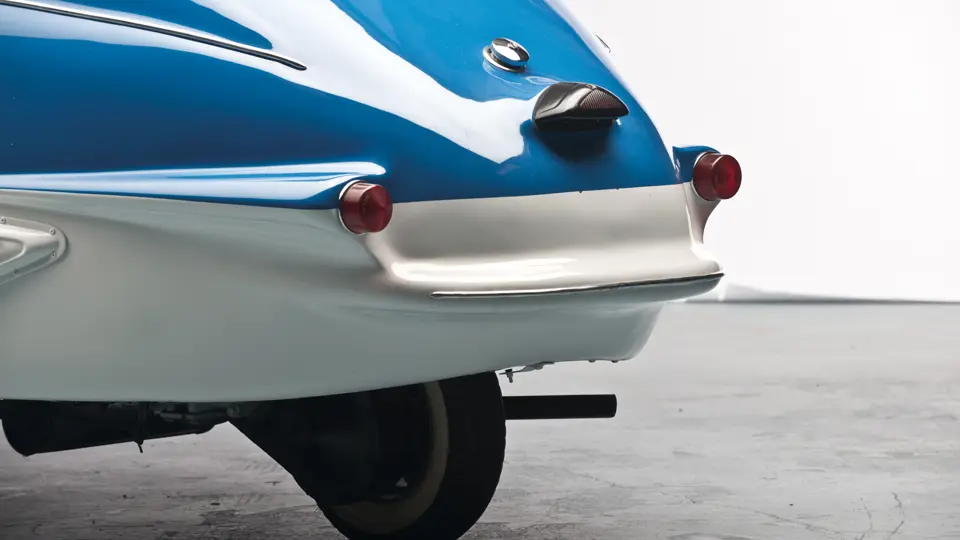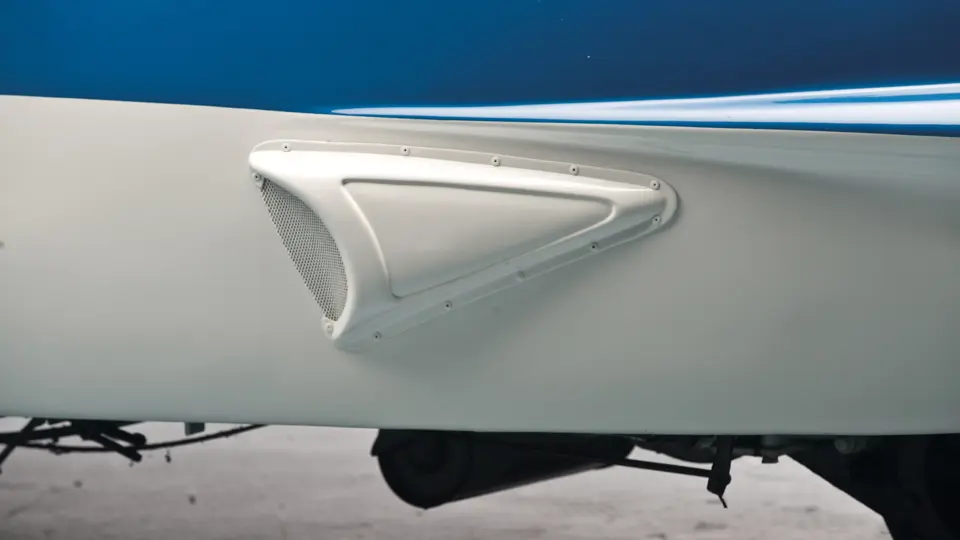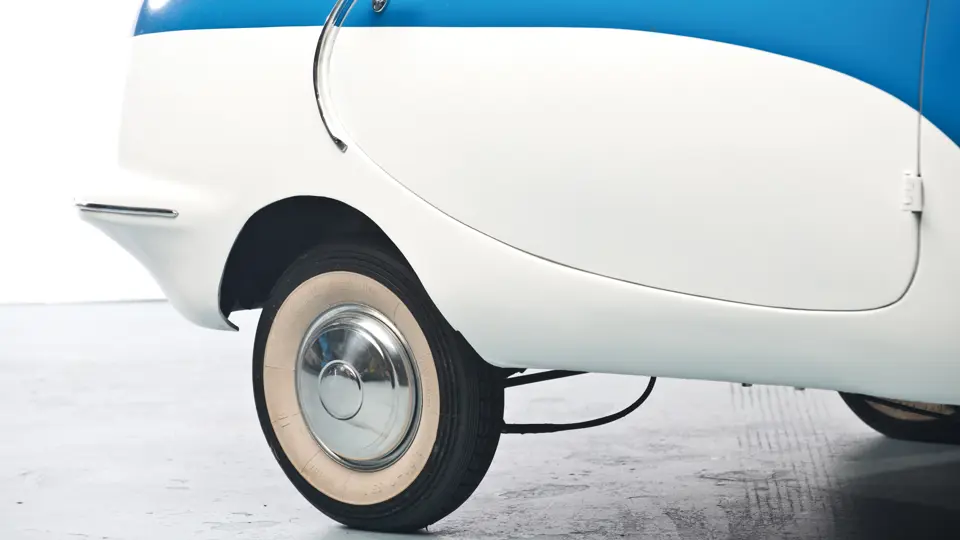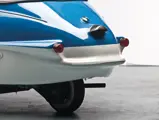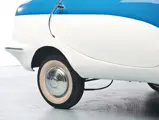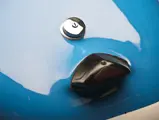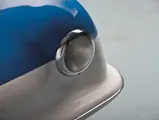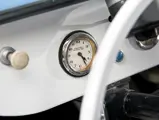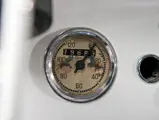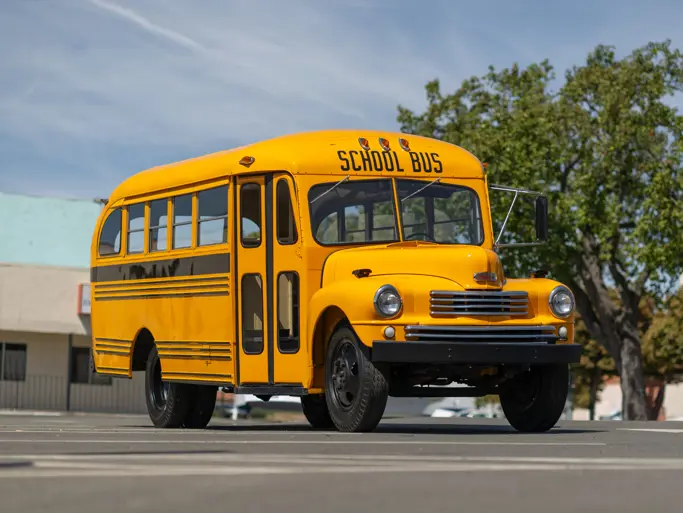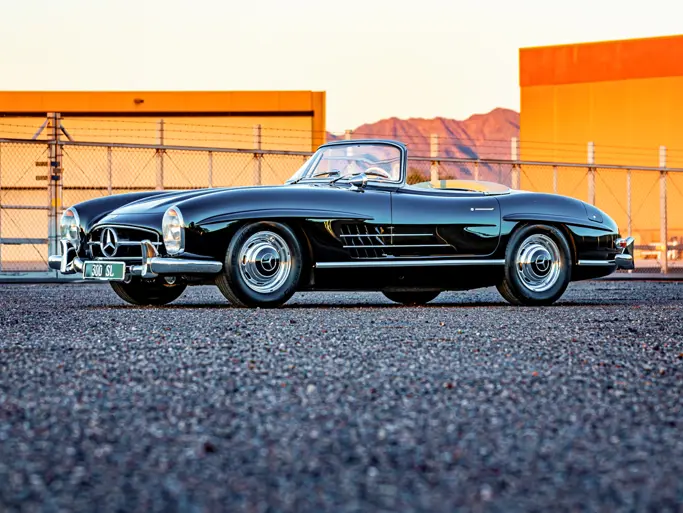SPECIFICATIONS
Manufacturer: AB Industrikompaniet King
Origin: Hälsingborg, Sweden
Production: 400
Motor: Fichtel & Sachs 1-cyl, 2-stroke
Displacement: 191 cc
Power: 9.5 hp
Length: 10 ft. 6 in.
Identification No. T7732
After World War II, engineers found ready use for fiberglass in boats and automobiles, and its application was helped along by the 1953 Corvette. Egon Brütsch recognized its value for the easy construction of simple automobiles, and with his gift for salesmanship, he promoted a new car construction system throughout Europe.
Fuldamobil’s Karl Schmitt was listening and saw fiberglass as the perfect solution to his automotive weight-loss problem. He directed Adolph Zander to construct a lightweight body for a new chassis. The new lines were lower and sleeker, yet it retained a distinct family resemblance. Windows were deeper and, with a panoramic rear window, even larger than that of the S-6, and the interior was brightened up considerably. The twin rear wheels were retained, now shod with bolted split rims, which make tire changes easier, and a three-wheeler version was available as before. It made its debut in July 1957, but it had to share the floor with the new NSU Prinz, a reminder of advancing standards. Nevertheless, it continued to trickle from Fulda’s production lines for eight years, as Karl Schmitt was always plenty busy with his electrical devices, calling his car production “playing around on the side.”
In 1965, Fichtel & Sachs ceased production of the 191-cubic centimeter motor, but Schmitt found a ready supply of the excellent 198-cubic centimeter four-stroke motors from Heinkel, which made the so-equipped S-7 the best versions yet. A total of 260 of the Heinkel-powered S-7s were produced through 1969. York Noble had given the Fulda an enormous amount of publicity during his tours with ex-Empress Soraya. This resulted in a large number of license applications, and company representatives travelled the world getting production lines for the S-7 started.
Sweden had seen a quantity of German-built NWF S-1 cars early on, but they built their own version of the Fuldamobil S-7, as the Fram-King-Fulda, from 1957, under the direction of original designer Adolph Zander. They built their own chassis at the Fram works in Uppsala, AB Venplast built the bodies, and assembly was at the King works in Hälsingborg. Parts came directly from German suppliers, rather than through Fulda. A factory fire caused body production to be transferred to Fibrex in Denmark. An argument with bearing producers SKF brought about a name change from FKF to King S-7. A total of 411 were made until the end of 1962. This beautifully restored example is finished in a striking typically Swedish two-tone, with an aluminum trim strip highlighting its long, sleek lines.
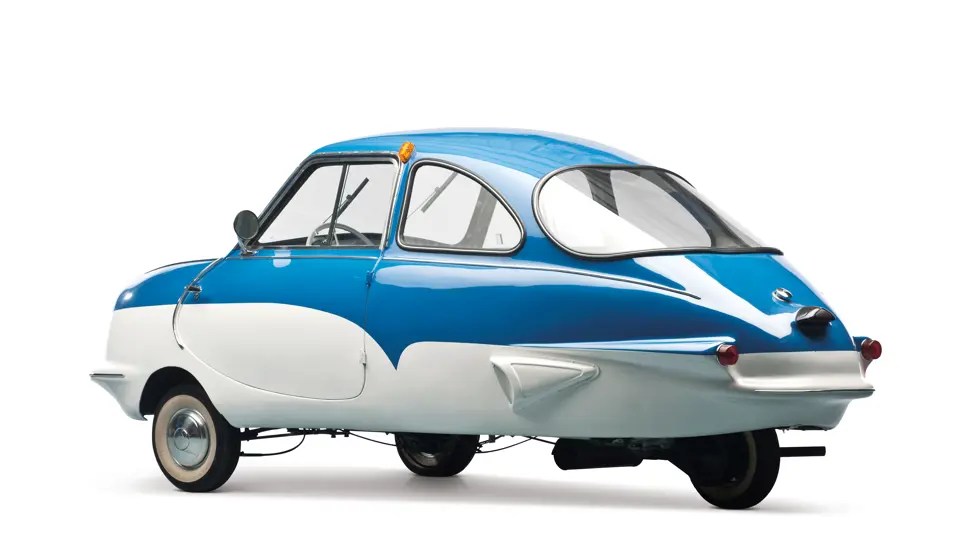




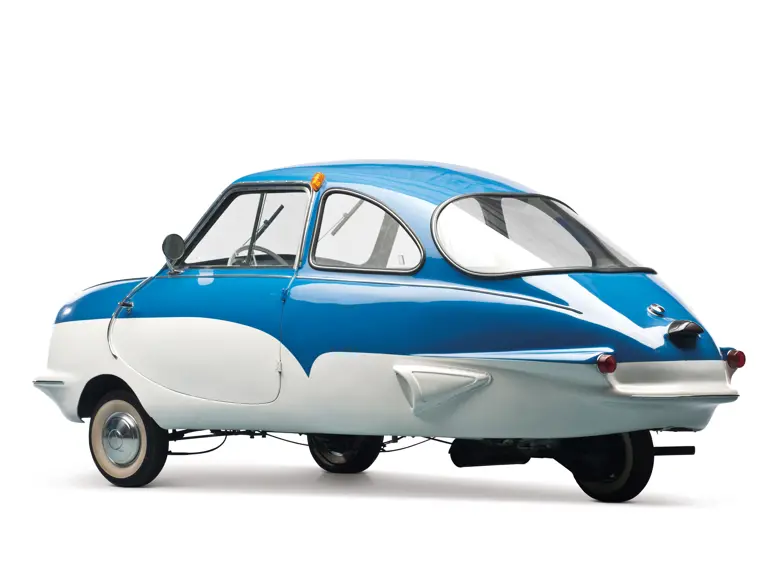
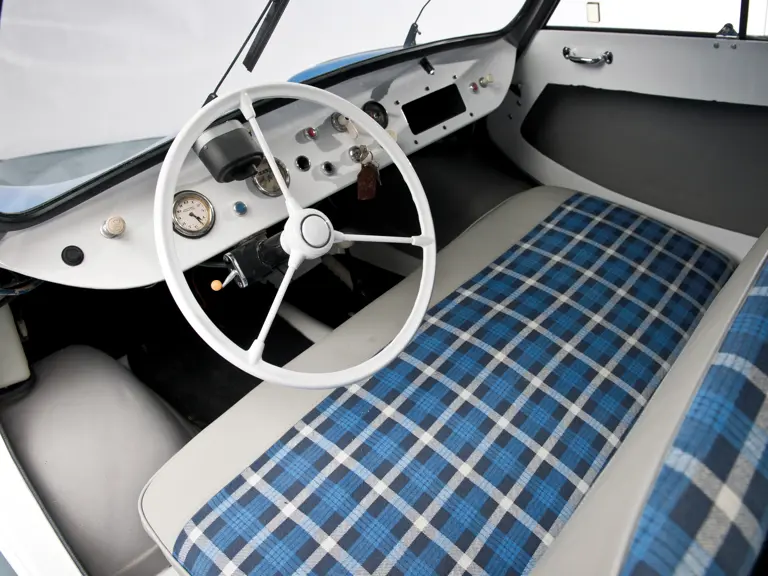
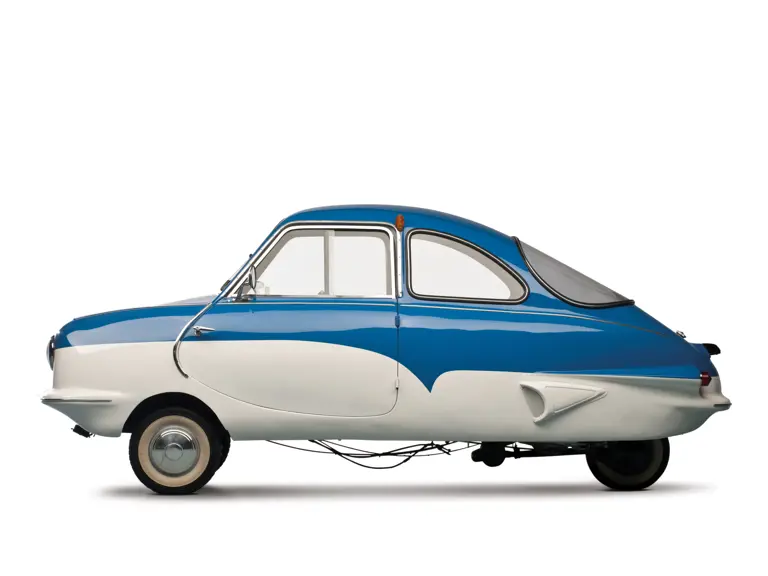
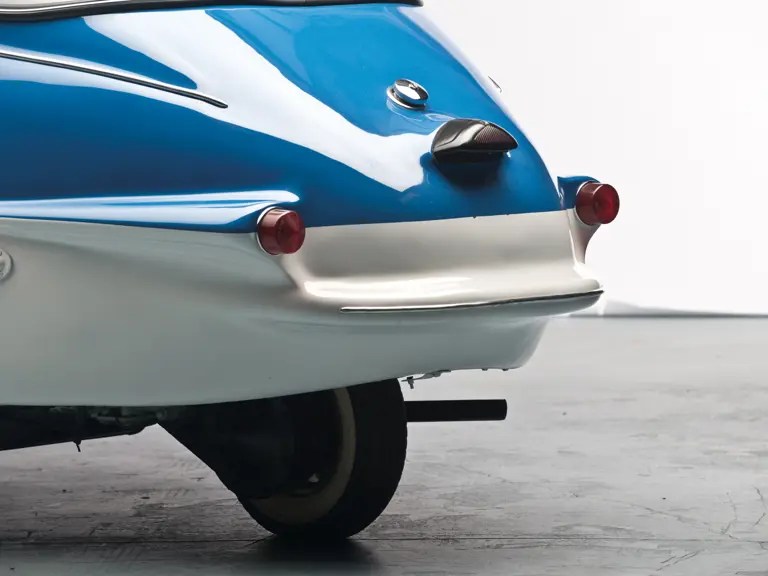

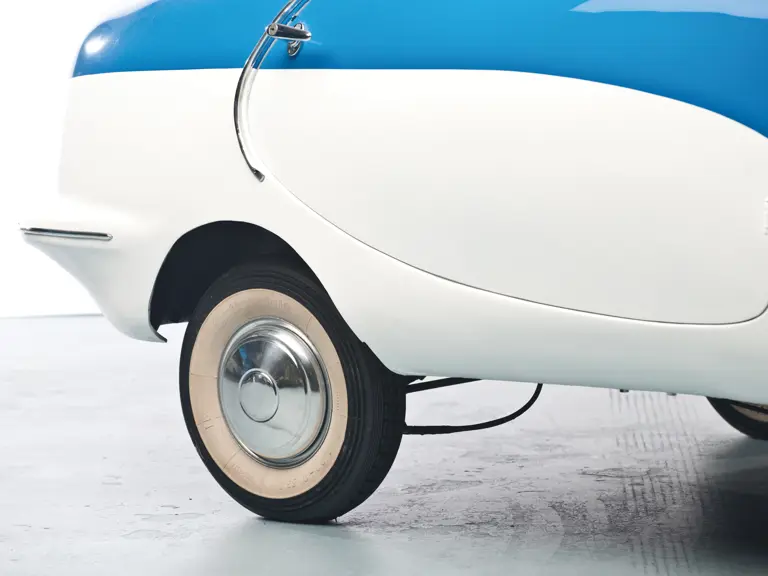
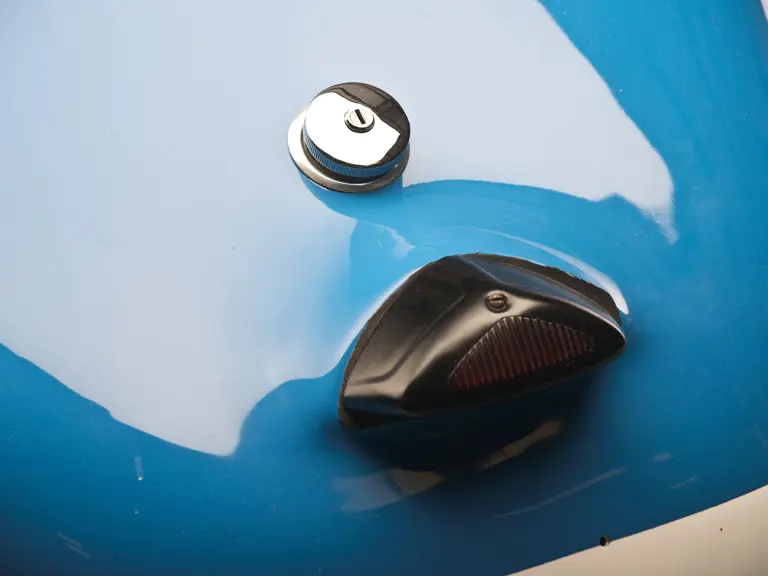
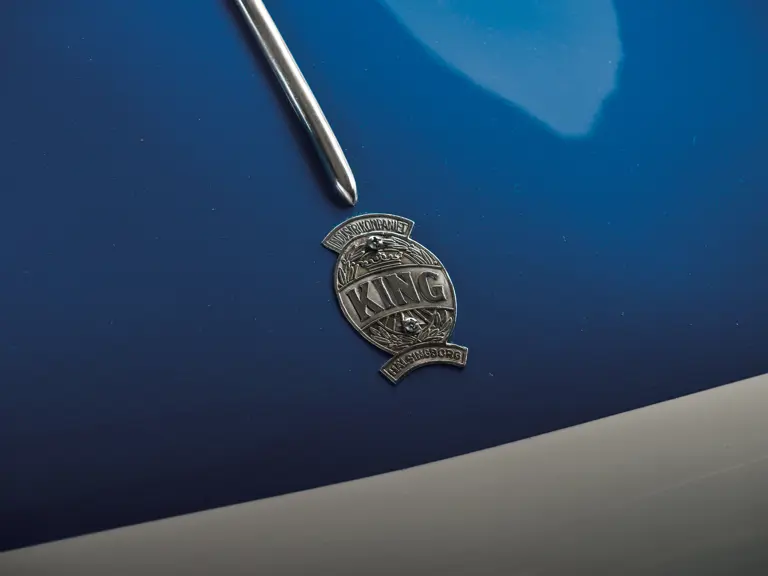

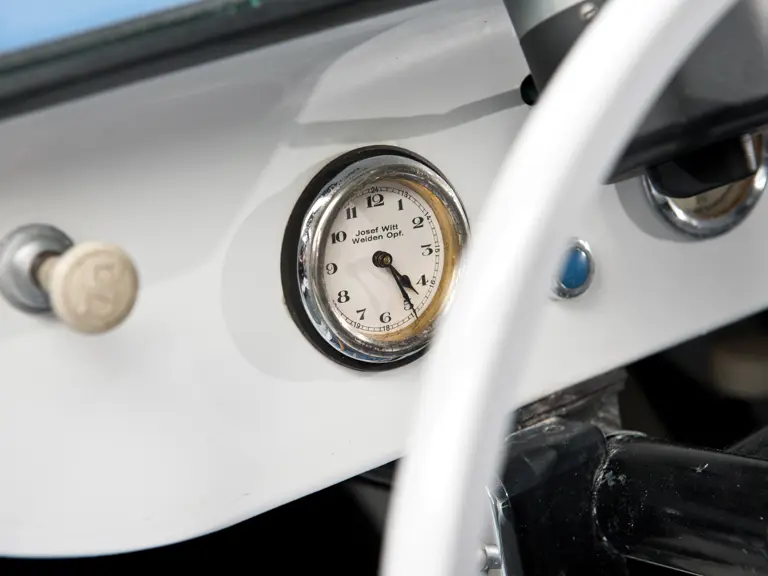
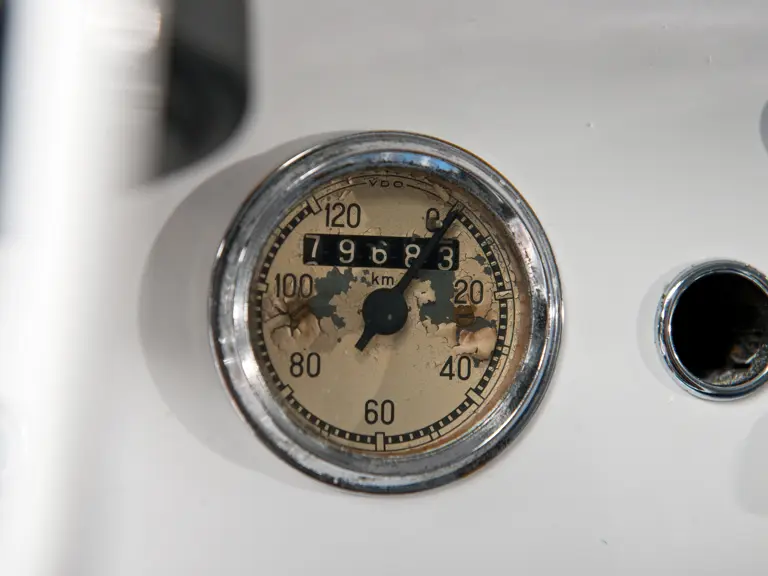
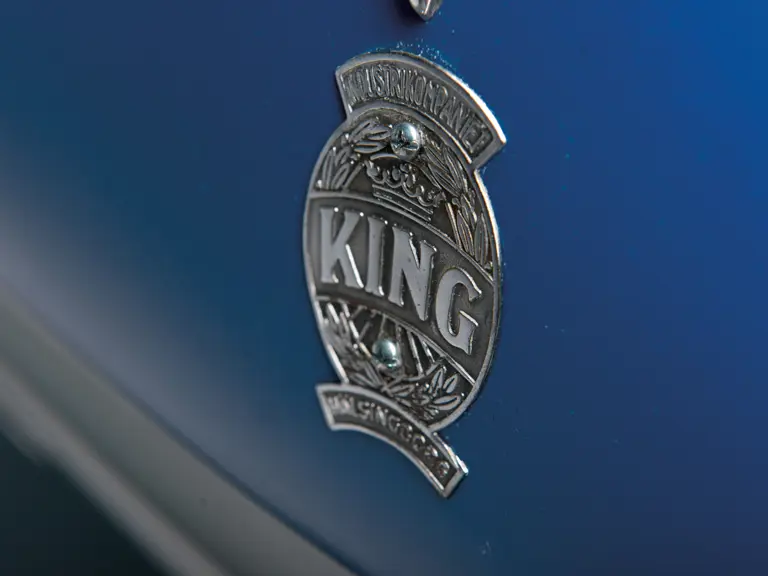
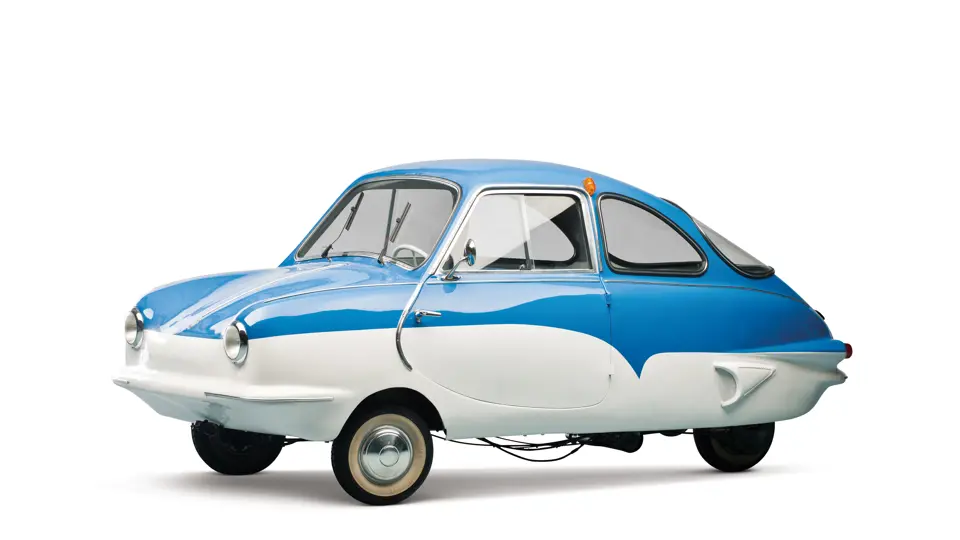
 | Madison, Georgia
| Madison, Georgia
